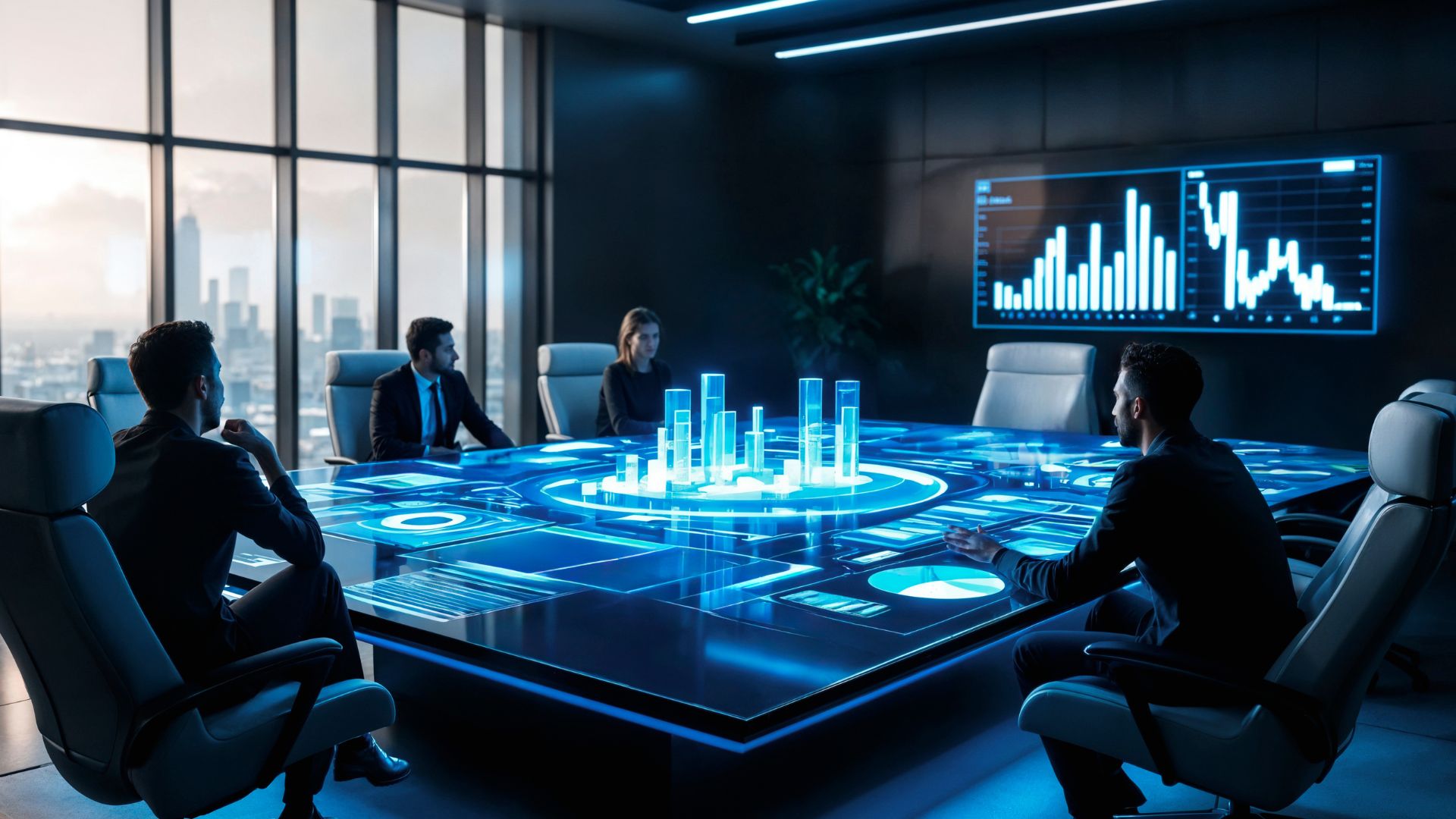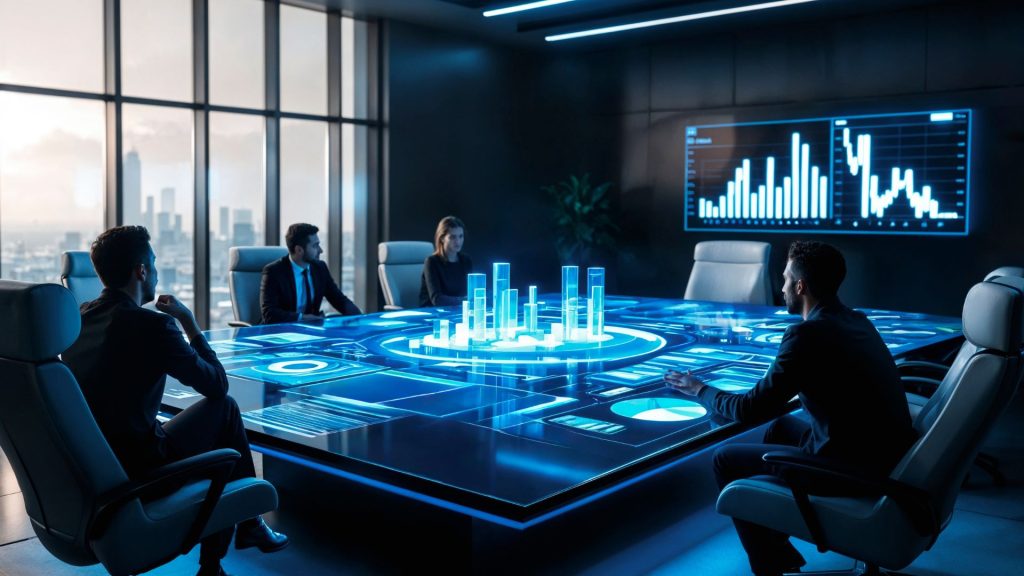The Role of AI in Creating Smarter, Safer Cities

The Role of AI in Creating Smarter, Safer Cities

Artificial Intelligence (AI) is revolutionizing urban living by enhancing public safety, optimizing traffic management, improving energy efficiency, and fostering sustainability. This article delves into how AI-powered solutions are transforming cities into smarter, safer environments for residents.
AI in Public Safety and Crime Prevention
AI is playing a critical role in enhancing urban security through predictive policing, real-time surveillance, and emergency response optimization.
- Predictive Policing: AI analyzes crime patterns to allocate law enforcement resources efficiently.
- Surveillance Systems: AI-powered cameras detect suspicious activities and alert authorities in real-time.
- Disaster Management: AI predicts natural disasters and assists in coordinating emergency responses.
AI for Smart Traffic and Transportation
Traffic congestion and inefficient public transport systems are major urban challenges. AI-driven solutions are making transportation more seamless and efficient.
- Intelligent Traffic Management: AI optimizes traffic flow by analyzing real-time data from sensors and cameras.
- Smart Public Transport: AI predicts transit schedules, reducing wait times and improving commuter experience.
- Autonomous Vehicles: AI-powered self-driving cars enhance road safety and reduce human errors.
AI in Energy Efficiency and Sustainability
AI is helping cities become more eco-friendly by optimizing energy consumption and waste management.
- Smart Grids: AI predicts energy demand, optimizing electricity distribution and reducing waste.
- Waste Management: AI-powered robots and sensors enhance waste collection efficiency.
- Green Building Technologies: AI automates climate control in buildings to minimize energy consumption.



